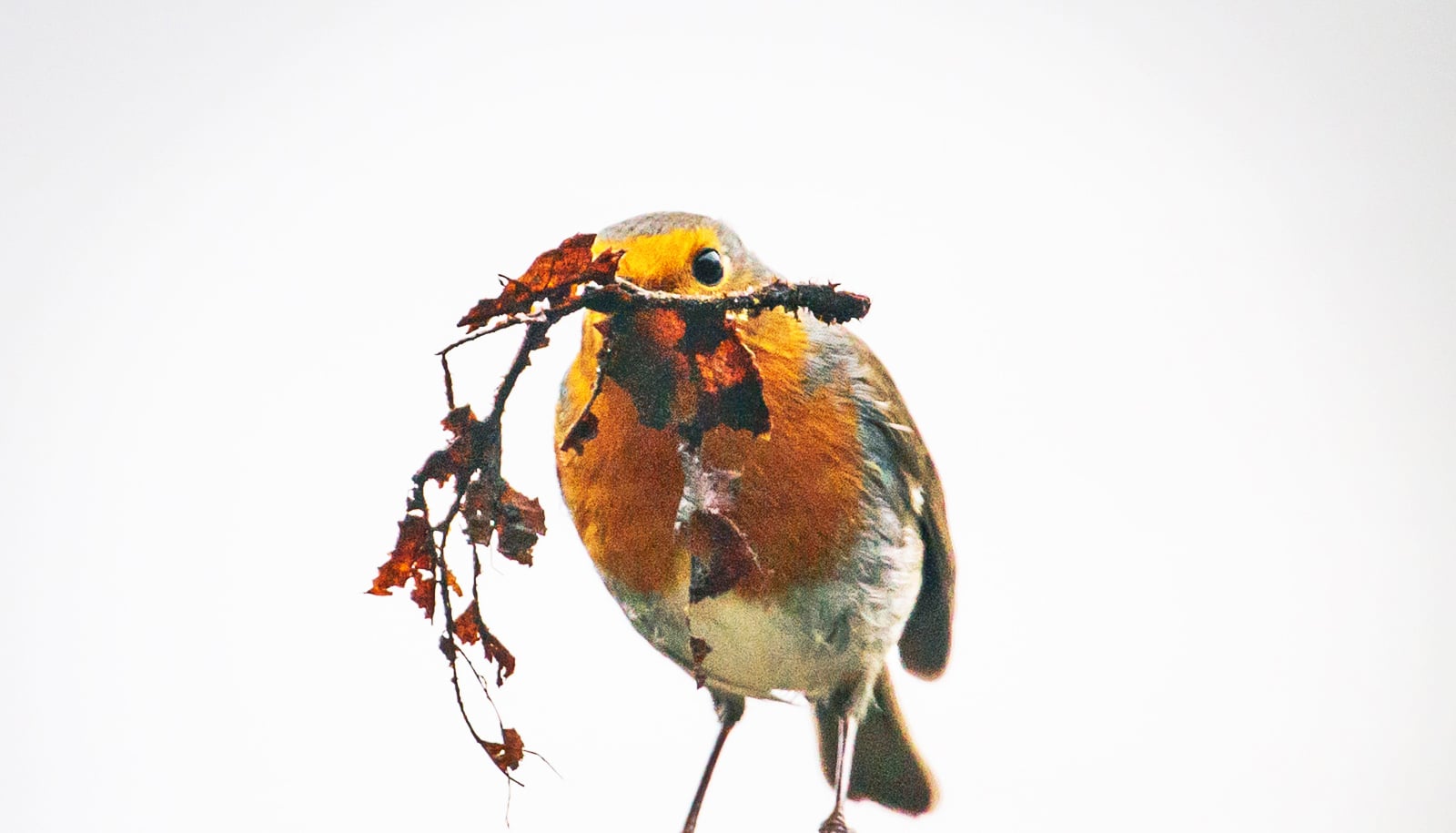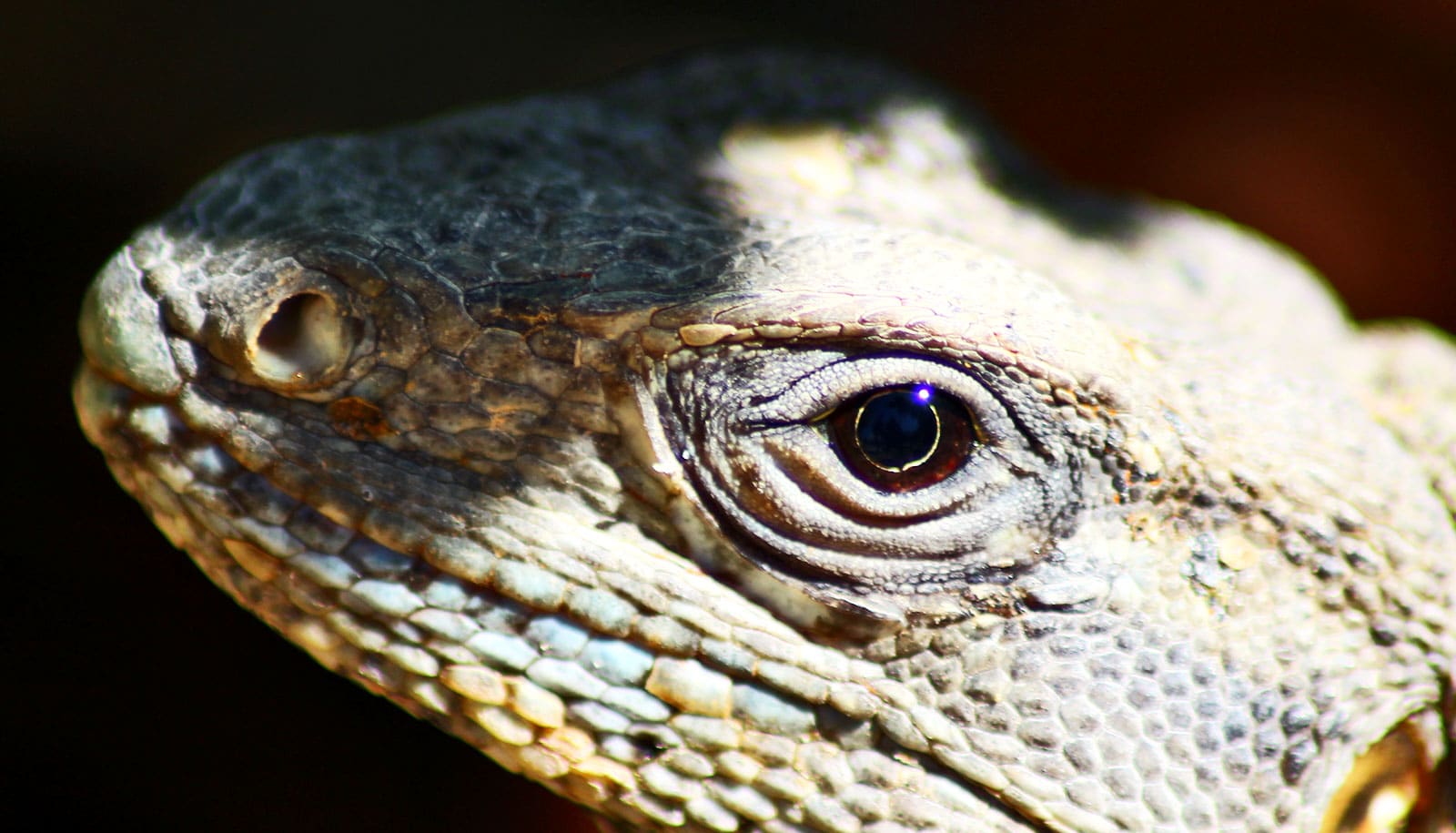Just as in humans, conscientiousness in animals—which includes working hard, paying attention to detail, and striving to do the right thing—offers evolutionary benefits like giving them an edge in hunting and gathering, attracting mates, procreating, and fending off predators.
Scientists reviewed nearly 4,000 animal behavior studies to track attributes like industriousness, neatness, tenacity, cautiousness, and self-discipline across a broad range of creatures.
“Honeybees who are more likely to remove bee carcasses from their hive have more offspring, and birds who keep their nests tidier are less susceptible to being preyed on,” says Mikel Delgado, a doctoral student in psychology at the University of California, Berkeley. “Also, for many bird species, mastering song is key to mating success.”
And, “in some bird species, females carefully inspect the display nests that are built by males,” she says. “Those males that build the best display nests and that have chosen nesting sites that are well hidden from predators, are more likely to be selected as mates.”
Researchers divided the conscientious characteristics they found in animals into two main categories: “order and industriousness,” which includes organization and cleanliness, and “achievement striving and competence,” which covers mastery and deliberation.
Birds and insects tended to fit into the orderliness category, whereas primates and other mammals fit more squarely into the achievement striving box.
Moreover, the split is reflected in the “phylogenetic” family tree in which primates and other mammals branched off from birds, reptiles, invertebrates, and other species as their personality traits evolved to help them adapt to differing life conditions.
Watch: Cuttlefish use eyes and arms to fight over mate
“Orderly and industrious tendencies appear to have originated in insects and fish, whereas achievement striving and competence may be more closely related to problem-solving, group living, and the complexity of the environment that those animals inhabit,” Delgado says.
Among other tools, researchers tracked animal characteristics using the “Big Five” model, which breaks down personality into the five overarching categories of openness, conscientiousness, extraversion, agreeableness, and neuroticism.
While previous research has identified openness, extraversion, agreeableness. and neuroticism in animals, this is the first time conscientiousness has been recognized throughout the animal kingdom.
That’s because previous research defined conscientiousness too narrowly as a human trait based on emotions, intentions, and morality, Delgado says.
“We argue for using a more behaviorally based approach in assessing animal personality in future research.”
The findings appear in the journal Psychological Bulletin.
Source: UC Berkeley



